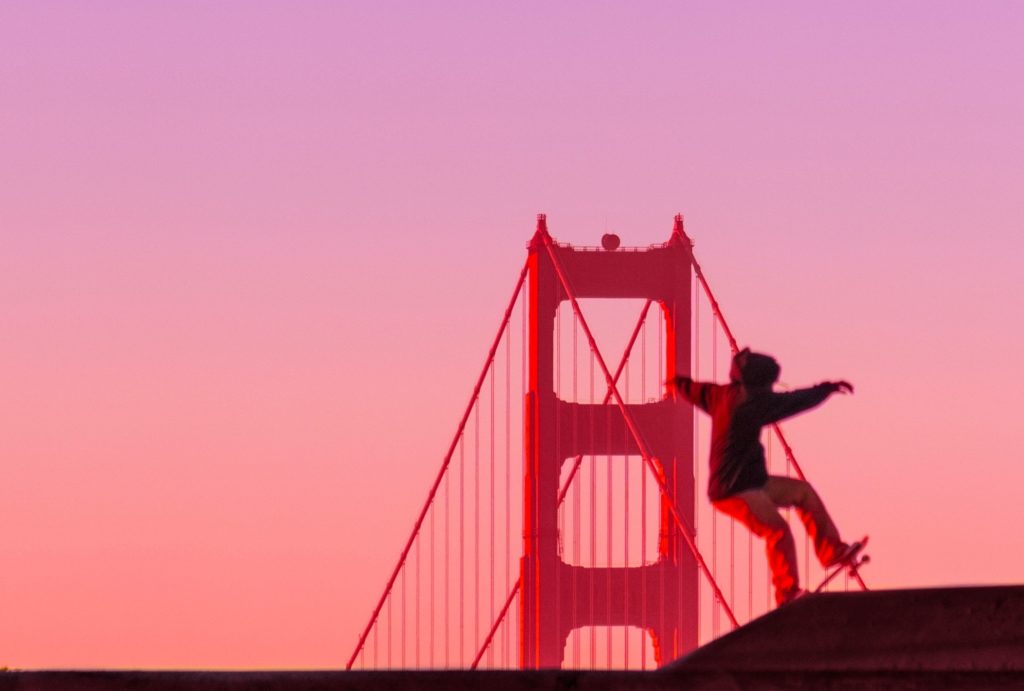Content Strategy
Emerging Types of Innovative Digital Content
By Krystal Overmyer on January 10, 2018
Just like that super old box of cereal in the back of your cupboard, your brand's digital content can grow stale over time. You know the story: After honing your content marketing strategy, content production starts to run on autopilot. Everything works for a while-consistent content is a hallmark of a successful content marketing program, after all-but you're starting to notice all your content looks and feels the same. You're getting decent results, but not the big leaps in traffic you were hoping for.
Suddenly, you realize your content has about as much excitement as bran flakes.
To give your digital content an anti-boredom injection, look no further than the list below for inspiration. By leveraging the power of audience interaction, user-generated content, animation, web design, and user experience, brands and media publishers are creating new and innovative content that delights the senses, encourages engagement, and drives traffic. These emerging content marketing trends aim to charm, inform, and nudge users to action through outstanding design and new digital tricks.
Implementing elements of the techniques below can help you freshen up your content mix and overcome a content rut. Thinking more creatively about how to tell your story-and utilizing the newest digital tools-can help your content become stickier in the minds of your audience.
Bespoke, Interactive Article Design
While parallax design has been around for a few years, publishers and brands are finding new, interactive ways to utilize this type of design as a storytelling tool. In this web-design technique, background images move slower than foreground images when scrolling, creating the sensation of a moving story.
The Huffington Post's Highline, which focuses on long-form journalism, used parallax design with outstanding results to illustrate a story on the bleak economic outlook for millennials. As you scroll through the story, the accompanying graphics make it seem like you're descending into the economic depths right along with the millennials described. Soon after scrolling through some depressing statistics, a pixelated graphic of a millennial tumbles downward as the bottom falls out of the economy, a small bubble popping over her head: "OMFG." These types of parallax-fueled graphics are interspersed throughout the 8,000-word piece, helping drive the narrative forward and keeping the reader's interest.
While the typical Huffington Post article follows a standard format-think headline, photo, and text-the millennial story is unique. The expansive design elements and clever user experience were created for this singular piece of content. Unlike the standard photo-headline-story layout of a typical Huffington Post story, the millennial piece offers a graphic experience tailor-made to tell a specific story, with the design elements perfectly integrated with the article. The effort pays off by encouraging the reader to keep scrolling to the very end.
Similarly, the New York Times played with animation, infinite scrolling, and user-generated content for a one-of-a-kind feature following the solar eclipse. Instead of uploading a simple photo gallery or slideshow of eclipse-watching parties, the publisher created a stand-alone feature in which you scroll downwards for photos from the West Coast to the East Coast, mirroring the eclipse's journey across the US. The result gives the photos a lot more context and visual interest.
Dynamic Infographics and Data Visualization
Most likely, your brand is no stranger to the power of the infographic. But there's so much more to explore beyond the typical, static design. The best infographics help distill complex information into more digestible parts through great visual design. Now, brands and publishers are looking to expand what infographics can do through newer tools like animation, crowd-sourced or user-generated content, or live-updating data.
The New York Times, for example, created a nifty visual representation of Game of Thrones characters through user participation. Rank all your favorite GoT characters on a chart from good to evil, ugly to beautiful, and see how your opinions compare to thousands of other readers.
Animation can also add some needed zing to an infographic. LinkedIn partnered with Intuit to create an animated infographic exploring data-driven insights about the modern-day freelancer. The subtle animation makes you double-take the graphic, without distracting from the message.
Live-updating data also adds another element of interest to an ordinary chart. Media publisher FiveThirtyEight excels at this type of data visualization, whether via its frequently updated political polling graphs or its sports prediction charts. While a significant time investment, these dynamic graphics keep users coming back for the latest updates.
Above-and-Beyond Annual Reports
Who said annual reports have to be boring? Like all content types, annual reports tell a story. Thinking about user experience and design can open up new ways of telling that annual report story.
Flywheel, a WordPress hosting and management company, utilized parallax design, bold colors, and animation to bring to life its year-in-numbers review. Scrolling makes the info easy to digest, and the design scheme reflects the company's goal to "embrace weirdness."
MailChimp's annual report strikes a similar note. With full-screen graphics and a storytelling-through-scrolling design aesthetic, the content hardly feels like an annual report. Rather, the experience is almost like a hybrid between an infographic and graphic novel.
Vodafone's annual report offers a more serious tone, but similarly leans on parallax-style design to awaken its brand story. Readers can interact with the content by watching videos or clicking to learn more about specific areas of the company.
While quirky or whimsical graphic design may not work for every brand, the core ideas behind this approach-displaying information in a visually exciting way and thinking about user experience-are themes every brand can incorporate. Getting stuck in a content rut doesn't have to be permanent. Refreshing your content through new and emerging content marketing trends can help you tell a better visual story, allowing your content to pack more punch-and drive more traffic.
For more stories like this, subscribe to the Content Standard newsletter.
Featured image attribution: William Bout










